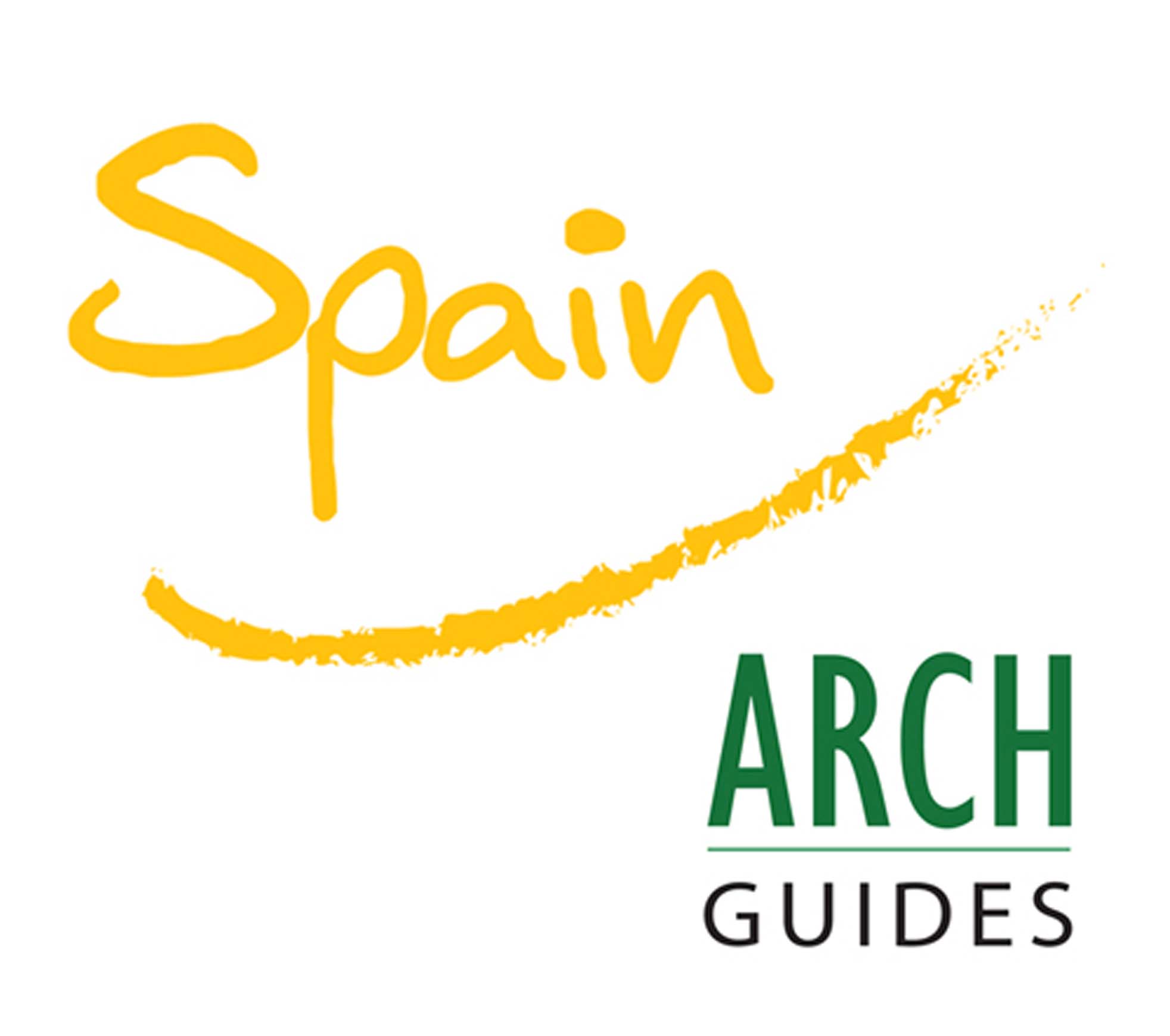
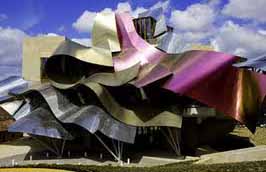
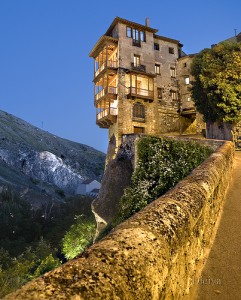
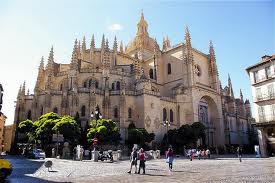

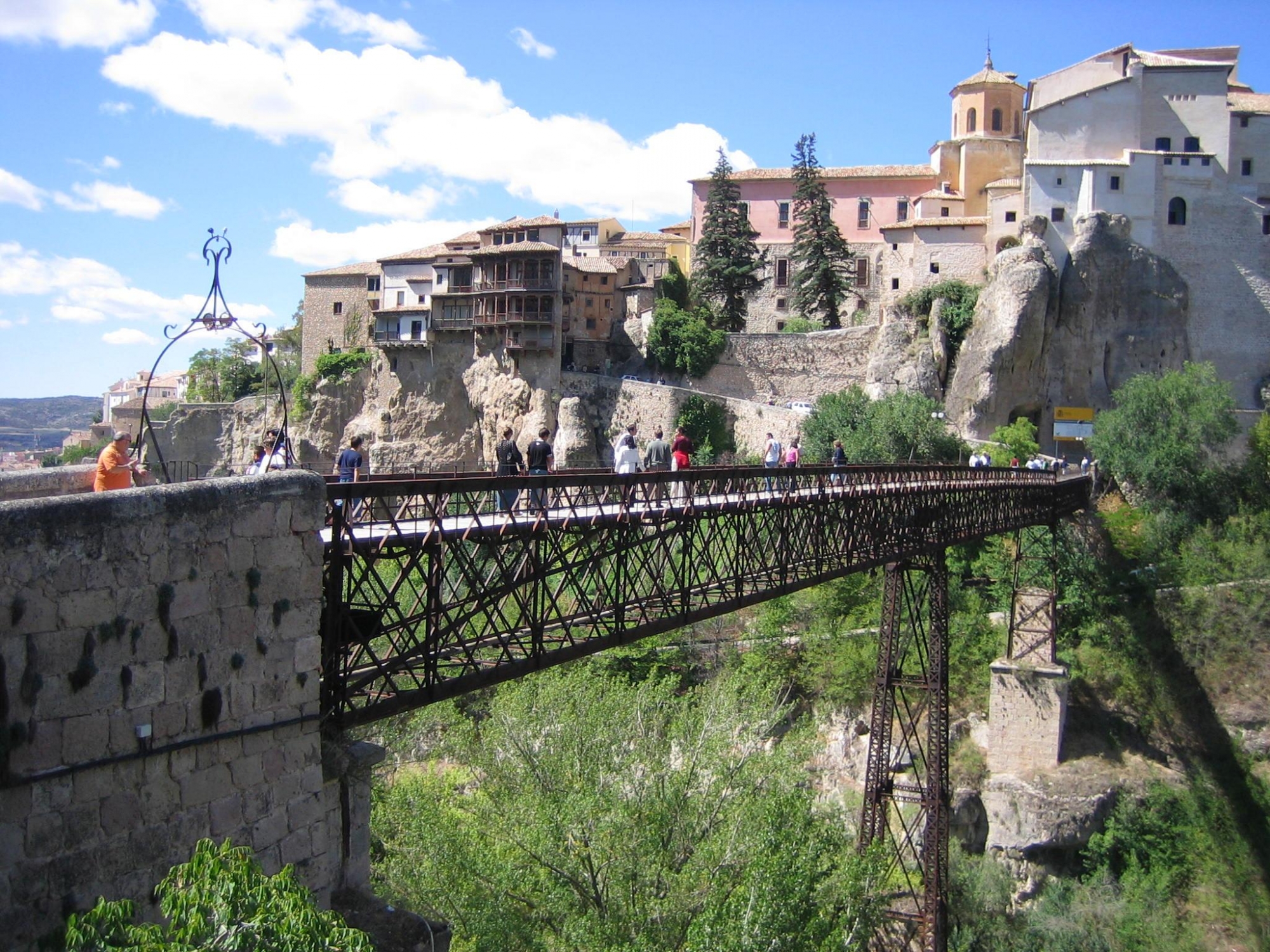
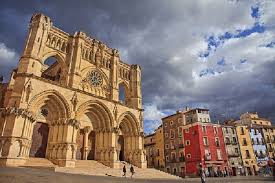
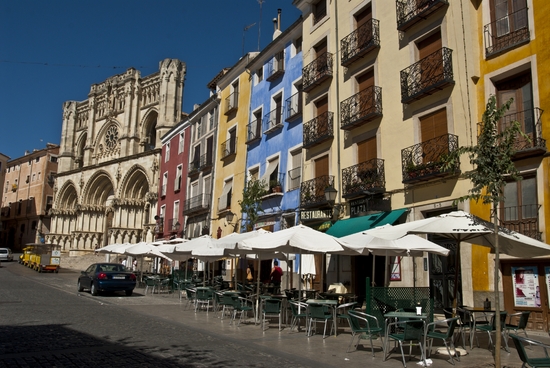
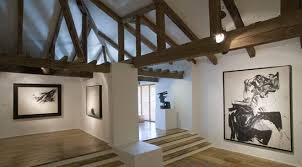
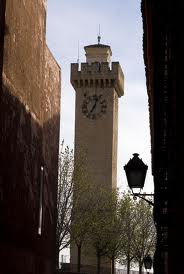
A 167 km by road from Madrid or just 51 minutes by high speed train. Its location wedged between two rivers: Júcar and Huécar, makes this city a landscape of constant mix of tradition and nature. The historic city of Cuenca is a UNESCO World Heritage Site. There are numerous places of interest that will make you enjoy this quiet town.
Casas Colgadas
It is the most popular monument is well preserved Basin which overlooks the mouth of the river Huécar. Belonging to the fifteenth century are very renovated houses with excellent restoration. For a view of them from different points of view is essential to admire from the Puente de San Pablo, Parador, the Conservatory or the slope of the sickle. Throughout history there have been host to many activities, but today houses a restaurant and, as a curiosity, houses the Museum of Spanish Abstract Art.
San Pablo Bridge
It is an iron bridge rectilinear reddish and about one hundred meters, situated on the river Huécar, very close to the Hanging Houses and where you can make some of the best photos of the city. Since no other place you can see and feel more clearly the content architectural, urban and symbolic of the city-scape. The present bridge was built in 1902, following the architectural trends of the time. It consists of five pillars arches quite high and replaces an old stone bridge that collapsed XV century and located in the same place, communicating the Convent of San Pablo in the town on the mouth of the river Huécar.
Santa María Cathedral and San Julián
French Gothic style and built on an ancient Arab mosque. XII century but has undergone various fixes, additions and restorations, even until the early twentieth century they had to rebuild the front in what is its present neo-Gothic style and according to Vincent Lampérez project following a subsidence occurred Bell Tower in 1902. Inside are the railings that lead the choir and the altar, some side chapels still retain details of the old Gothic cathedral, the transparent open in the back of the main altar by Ventura Rodriguez and the Chapter House and the Chapel Honda with coffered truly exceptional. Novel Abstract windows are Henri Dechanet, Gerardo Rueda, Bonifacio Alonso Gustavo Torner and breaking with the classicism of the environment.
Plaza Mayor
It may be called as a whole as one of the most beautiful squares in Spain where it is possible to understand and learn from historical culture, architecture, popular cuisine, ... is observed eighteenth century Baroque, with the source attached to the facade. Some are on one side the Cathedral of St. Mary and St. Julian, with its neo-Gothic staircase and facade. In front of the City Hall, a baroque, and both sides of apartment buildings with their facades decorated different and bright colors.
Museum of Abstract Art
It is located in the Hanging Houses of Cuenca which is the most famous symbol of the city and one of the most photographed sites at home and abroad. The museum is the responsibility of the Juan March Foundation, based in Madrid, and has an interesting permanent collection, with works by artists of abstract generation of the 50s and 60s as outstanding as Saura, Rueda, Tàpies, Zobel, Millares, Sempere, Torner ... between thirty names, and other authors of the 80s and 90s. Since 1994, temporary exhibitions of great interest.
Mangana Tower
It is located in the plaza of the same name, in the historic center of the city of Cuenca. It's in the same spot where once stood the Palace in Arab times Basin. It is said that the tower was the old minaret, but it is a theory that has never been proven. Currently serves as the municipal clock. The tower is now known sixteenth century and its last restoration is 1968. It is a symbol that shows the changes in the lifestyle and landscape of this city Castilian-Manchego.